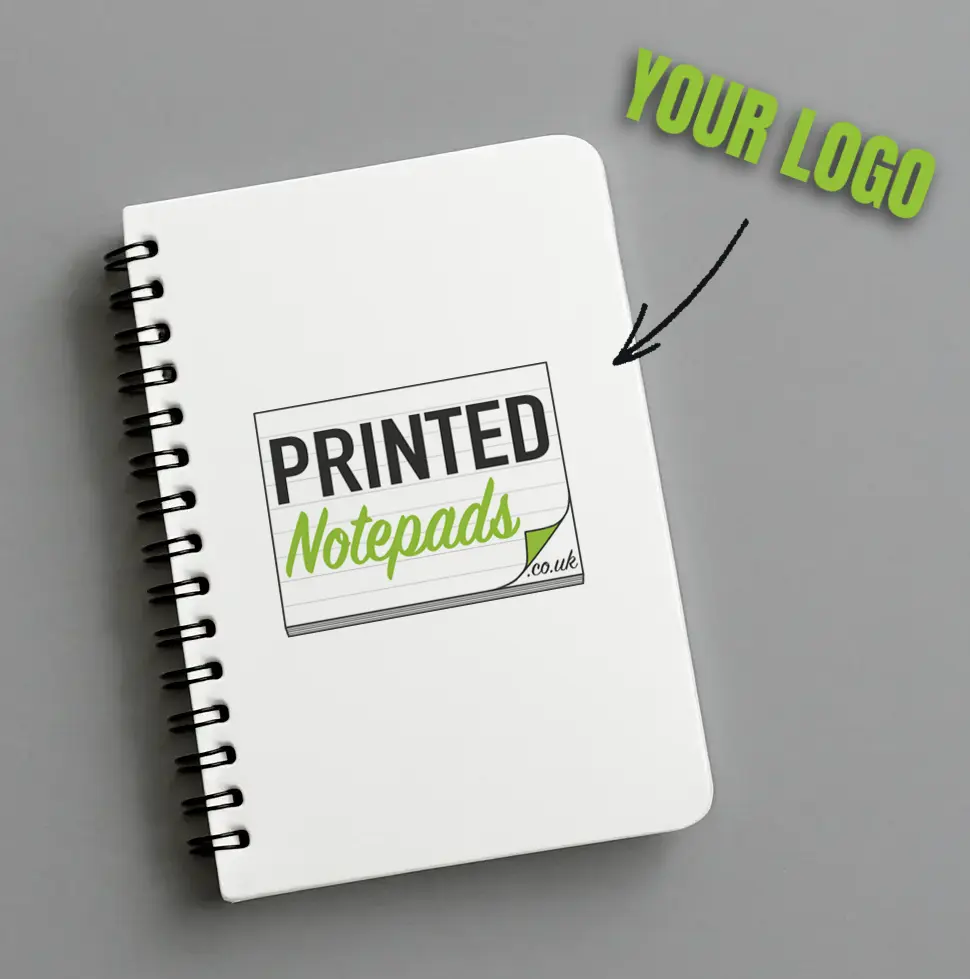We Analysed 100 Notepad Designs: What Makes Them Work and Why You Should Care
Custom notepad designs that prioritise clarity, layout structure, quality materials and practical features tend to deliver higher usability and long-term brand value. Businesses can boost engagement and functionality by tailoring size, binding, and content layout to their specific audience needs.
In an increasingly digital world, the humble notepad remains a powerful tool for clarity, creativity and productivity. From professionals scribbling meeting notes to designers sketching ideas, well-designed notepads play a vital role in how we organise our thoughts. But what separates an effective notepad from an average one?
We analysed 100 notepad designs to uncover the key elements that consistently support usability and satisfaction. Whether you’re designing your own notepad, ordering custom prints or simply curious about what makes one notepad more useful than another, this guide provides practical insights backed by real examples and structured analysis.
The Purpose Behind Great Notepad Design
Understanding why a notepad exists is the first step in getting its design right.
Different users have different needs, which influence everything from size and shape to layout and paper type. Some common uses include:
- Daily planning and to-do lists
- Meeting notes and action points
- Sketching and creative brainstorming
- Journaling and habit tracking
- Academic or study notes
Purpose drives structure. For instance, a notepad intended for meetings benefits from a clean, timestamped layout, while one used for creative projects may favour an open, dot-grid style. The most effective designs begin with a clear purpose and follow through with layout choices that support that aim. You may find it helpful to explore specific notepads tailored to different business niches.
Key Features Shared by the Best-Performing Notepad Designs
Among the top 25 percent of notepads analysed, several features appeared consistently. These elements contribute to usability, readability and overall satisfaction.
Top five common traits:
- Structured layouts with clear sections, such as headers or task lists
- Minimalist design to reduce distractions
- High-contrast lines and text for easy reading
- Quality paper stock that resists ink bleed-through
- Branding that is subtle and positioned out of the way
Data insight: 68 percent of high-performing notepads included predefined sections or guides, helping users keep notes tidy and purpose-driven.
Need guidance on brand-friendly design? Read How to Design a Notepad That Represents Your Brand.

How Layout Affects Notepad Usability
An effective notepad layout supports focus and organisation. Several user experience principles are involved:
- Whitespace and spacing to prevent clutter
- Consistent alignment to support logical reading flow
- Section breaks for separating content types
- Clearly positioned headers to improve context recognition
Well-structured layouts promote efficiency and reduce mental strain. For example, notepads with dedicated date fields simplify referencing, while checkboxes offer users a sense of progress and achievement.
Our review found that users frequently cited layout as a deciding factor in whether they returned to use the same notepad regularly. See examples of personalised notepad usage here.
Paper Quality, Binding Options and Print Considerations
While layout matters, the physical attributes of a notepad are just as important for a good experience.
Key considerations:
- Paper thickness (measured in GSM) helps reduce ink bleed and supports different pen types
- Binding types include glue-top, wire-bound and stitched options, each offering different handling benefits
- Ink compatibility is crucial, especially for fountain pen users
- Sustainable materials such as recycled paper and plant-based inks are increasingly favoured
Notepads crafted with thoughtful material choices feel better in use and often last longer. Selecting the right paper and binding style ensures the final product suits its purpose.

What Makes Certain Notepad Designs Stand Out
Beyond basic function, some notepads stand out through their attention to detail or unique features. These touches can enhance usefulness and overall satisfaction.
- Colour accents to help separate sections or categories
- Perforated pages for easy removal
- Built-in trackers for habits or goals
- Custom illustrations or prompts for creative engagement
- Alternative layouts, such as landscape orientation
If you’re not sure what size or style is right for you, consider our range of A3, A4, A5, A6, or DL custom notebooks.
Practical Tips for Designing a Notepad That Works
Designing a useful notepad doesn’t require advanced design skills, but it does need careful thought. Based on our research, here are actionable tips:
- Define the notepad’s primary function before designing the layout
- Include structured sections to guide the user
- Use legible fonts and clean line spacing
- Test a prototype through real use before full printing
- Select paper and binding options suited to the target audience
Printable mock-ups can help you trial layouts at home before committing to a final version. Consider user feedback during the process to refine the design. Learn more.
Frequently Asked Questions About Notepad Design
A mix of date headers, time blocks and task checklists works well for daily planning.
Paper with a weight of 90 GSM or more usually resists most ink types, including gel and fountain pens.
Yes, but keep it subtle and ensure it does not interfere with the layout.
Dot grid is flexible and supports writing, drawing and planning without dominating the page visually.
Conclusion: Design with Purpose to Achieve Results
Effective notepad design is a balance of structure, function and thoughtful details. Our analysis of 100 designs showed that clarity, consistency and purpose are the key factors behind long-term use and user satisfaction.
Take the next step by putting these insights into practice and creating a notepad that works for your brand.
Learn more: Digital vs. Offset Printing for Notepads: Pros and Cons
